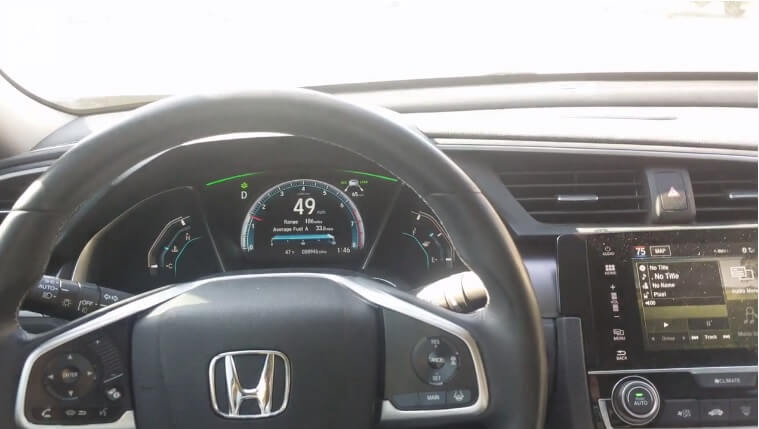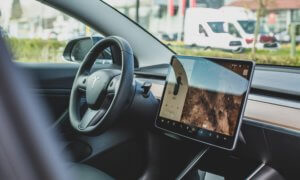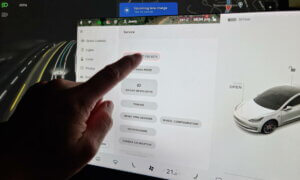Tesla’s AutoPilot is a standard in the automotive industry, no question about it. But if you don’t have the money to buy a Tesla now, there’s a workaround. Student Brevan Jorgenson, senior at the University of Nebraska, Omaha, found it and turned his Honda Civic in a self-driving car #automagic
The car was waiting in his garage when he stumbled upon Comma plans and the Openpilot software. Comma is a San Francisco startup that was planning to sell a $999 device that could make existent vehicles capable of steering and following traffic themselves. Yet, they abandoned the project due to National Highway Traffic Safety Administration concerns.
Nevertheless, the project was published online and Jorgenson discovered it eventually. Since it supported his car model (a 2016 Honda Civic Touring), he didn’t think twice about investing $700 in the necessary parts (the software was free). In the end, he managed to build the Neo (name of the intended self-driving car kit) from a OnePlus 3 smartphone with Comma’s Openpilot code, a circuit board that connects the device with the vehicle’s electronics and a 3D-printed case.
Afterwards, he placed Neo where the rear-view mirror and let it take over the car. Brakes, acceleration, steering became the job of a machine, not a human. During a drive, the dashboard shows the set and current speed, the correct lane and the car in front, as well as the distance until the car in front.
As smooth as the ride appears to be in the video above, Neo is equipped with safety measures. It forces the driver to touch the wheel every five minutes through warnings and asks for human intervention if it can’t read the road ahead.
It’s not a bad idea if you want to see how an autonomous vehicle runs.. but the question remains: can it do the job on a more complicated road, with lots of turns and obstacles, not to mention in various weather conditions?
Follow TechTheLead on Google News to get the news first.























